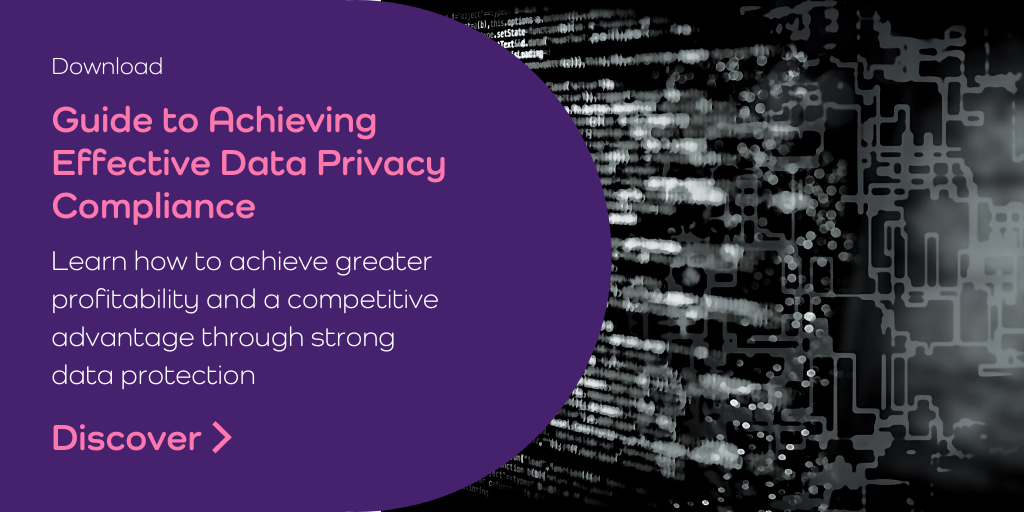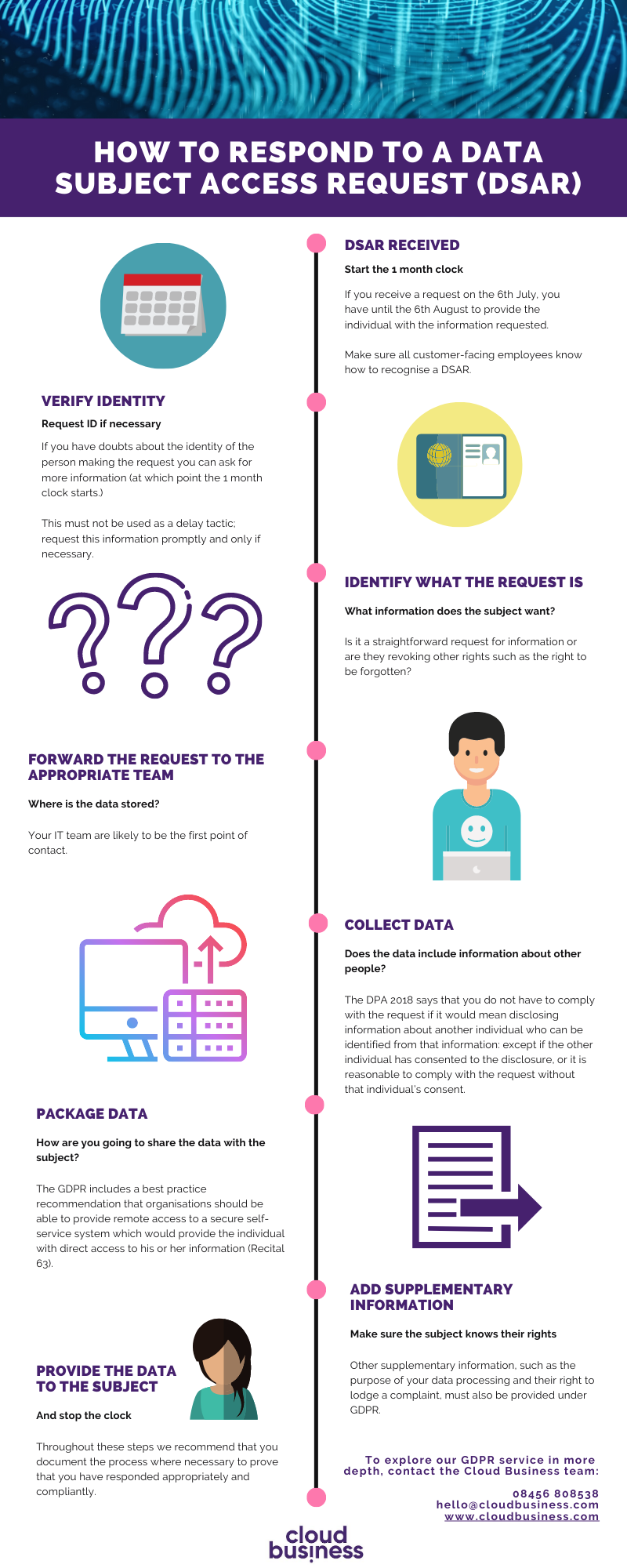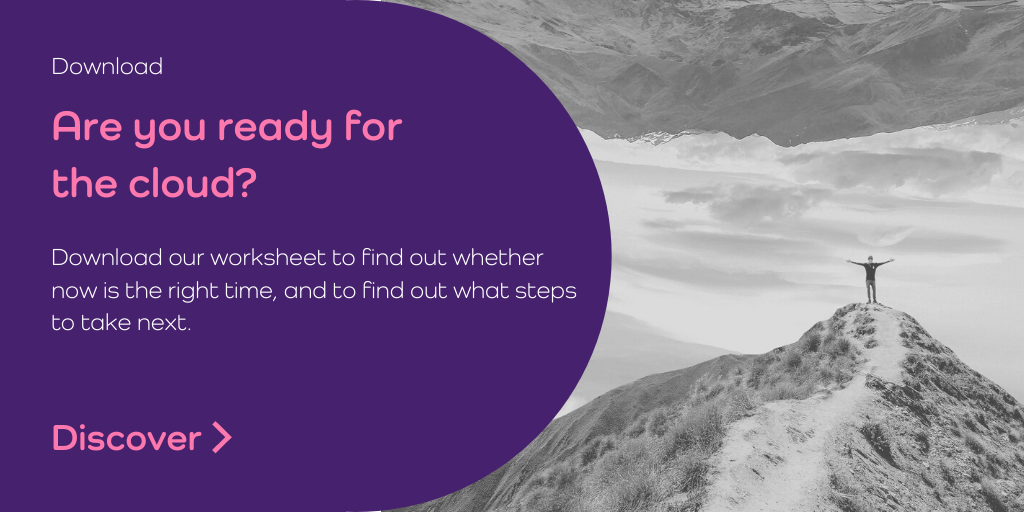Digital transformation in legal is a significant paradigm shift. It is impacting legal counsels both within the corporate world as well as at law firms, and management consultants have made a tidy practice of it. Practically speaking, you can barely open a business or legal publication without finding a headline that discusses embracing digital.
General counsel, in-house legal departments, and contract teams are not immune to the business paradigm. Digitisation continues to take hold of all aspects of the consumer and corporate life. When this happens in the legal industry, embrace the change. On a broad stroke, it is easy to state. But is this really the case? Below is our 5 step guide to help you.
Explore CB Legal for in-house legal teams and law firms. Click here >
5 steps to embrace digital transformation in legal
1. Incremental change – not big bang
There are many different approaches to tackling digital transformation in legal departments. However, from our experience, in-house legal teams that take an incremental approach are more likely to succeed with their initiatives.
Nobody said that change management is easy. Digital technologies bring a significant improvement in cost-effectiveness to many traditional functions. It has to be applied with a sound strategy of a step-by-step approach that doesn’t leave your people behind. In fact, your people are the most important aspect of ensuring the change takes root. In this light, adjusting your corporate culture is among the greatest challenges. Digital technologies bring improvement to cost-effectiveness.
Taking a “land and expand” approach means that changes are made progressively. Lessons are learned along the way and the culture can also adapt along the way.
2. Out-of-the-box, not bespoke
When you think about digital transformation in legal, too many people immediately think about custom coded projects. Upon choosing a legal technology product, think along the lines of getting up and running out-of-the-box (OOTB). Whether it is a legal artificial intelligence system or a specialised application, bespoke invariably delays projects. It adds costs. Worse yet, it increases the risk of failure.
A major tip to remember is to avoid the temptation to go down a bespoke route. It is better to deploy an OOTB digital system, use it and learn it’s capabilities. Then configure and adapt it to your own new need. After that, consider whether the solution is good enough for your requirements. In many cases, you will discover that the initial reaction to customise the solution was simply not needed. Usually, the digital product provides for all user needs without incurring additional costs, deployment time, and headaches.
3. Find internal champions
Digital transformation in legal teams and corporations involves people. Specifically, it means gaining momentum within the organisation through user adoption. This is true of any initiative, whether it is bringing on new legal services, machine learning analytics, or new contract management technology. At Cloud Business, we find that an industry best practice is to appoint user/product champions.
Champions are well-recognised employees who are respected internally. They know the existing systems and standard processes used by your organisation. They also become the voice of the product and socialise its benefits within the employee groups and legal teams.
Establish goals your team can make to achieve one KPI using the new system. Cultivating these champions are important as they become your key drivers of behaviour change. Through their influence, respect, and ground-floor knowledge; they help adapt to the organisation and culture. Embracing digital becomes less of a stress and burden. Rather, with the help of the champions, it becomes an opportunity for success.
4. It’s about the business outcomes
Don’t get trapped in the details of features and the functionality of your new digital system. Yes, these are great. They may even be strides ahead of your old methods. Instead, keep the conversations focused on the business outcomes that your team and company set out to achieve. At every opportunity, establish goals your team can make for your team to achieve one project or KPI (key performance indicator), using the new system.
As an example, with a new contract management system, you should first find out how the analytics work. Then, set a goal that for the next executive meeting where the legal contracts team will run a discovery phase. Finally, provide the general counsel with a report with statistics about your typical contract financial expectations.
5. Setting realistic benchmarks
Although it is tempting, don’t give in to set excessively ambitious targets. Setting a return on investment (ROI) benchmark is a good thing but setting the bar too high can only demoralise your team. Remember, digital transformation in legal is as much about shifting a cultural mindset as it is introducing new processes, ways of working, and new technology systems.
Instead, think through what you should reasonably expect within the next six, twelve and even twenty-four months. Engender a willingness to experiment. Do this by being willing to forgive the occasional miss on your targets. After all, if you hit all your ROI goals and KPI targets, then you simply did not set realistically aggressive-enough goals.
Ultimately, it comes down to supporting your in-house legal team’s long-term success. Keep the team motivated and focused on pursuing excellence. Digital transformation in legal is all about a shift in mindset, a goal-oriented team, and building a culture of success.
Feel free to connect with us at Cloud Business to discuss how we can help you on your journey of digital transformation in legal, specific to contract management.
















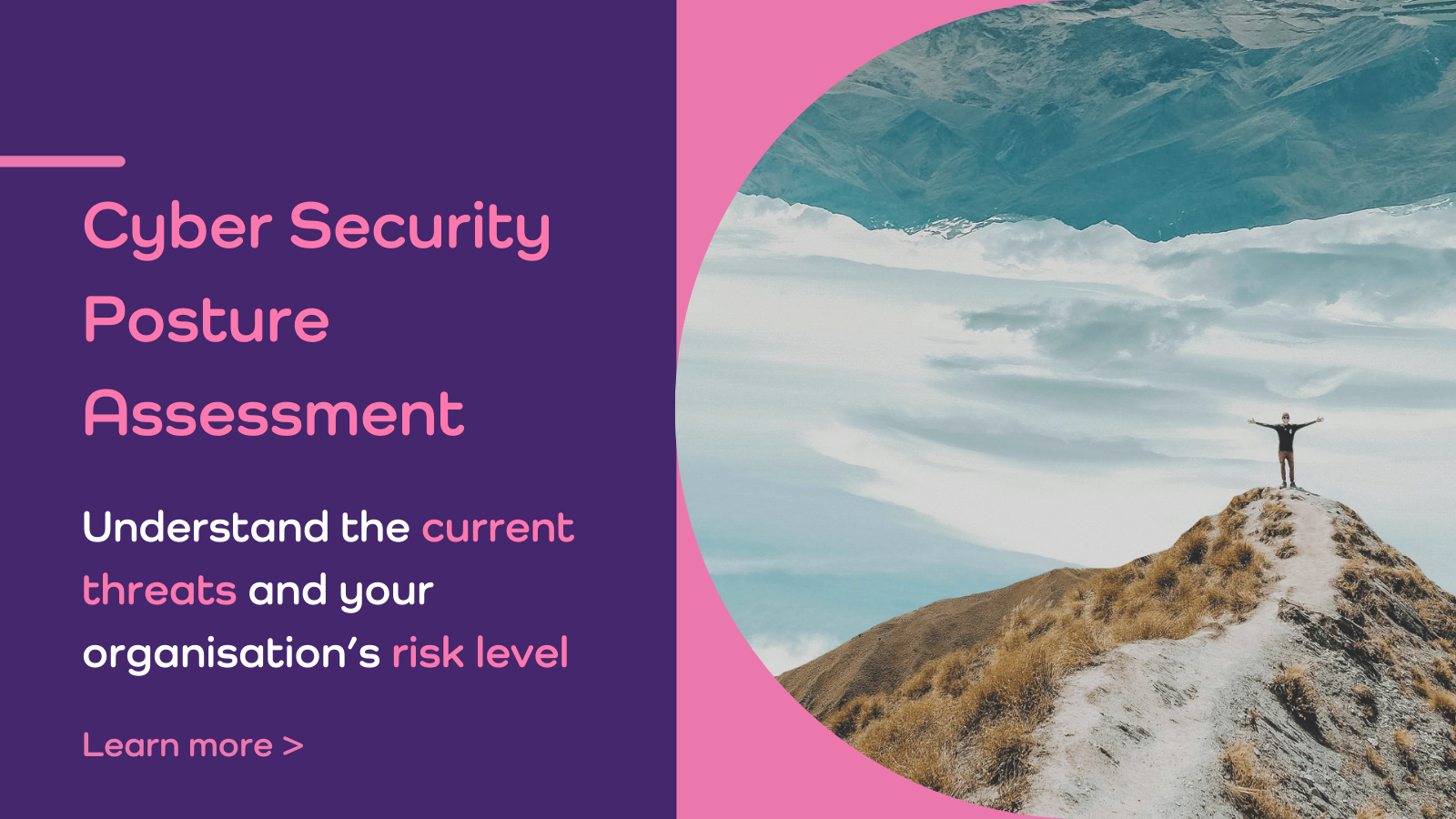

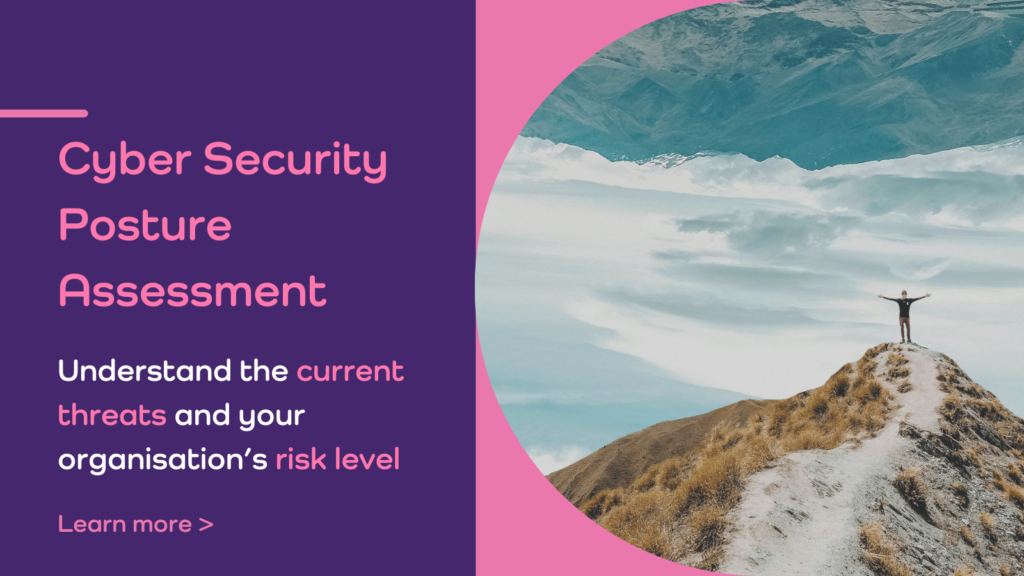

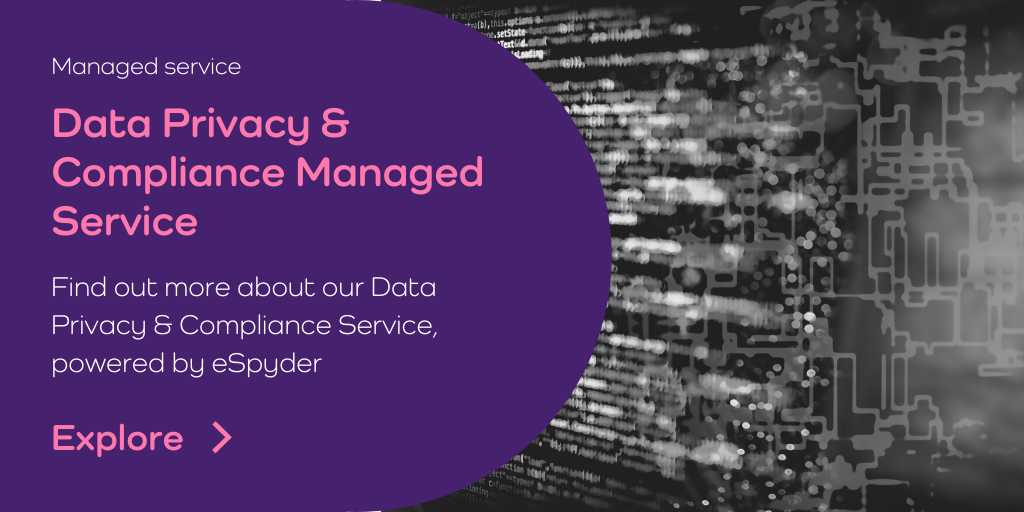


 Tim has been in the software industry for the past 30 years, with the last 20 years spent specialising in the Cyber Security and Data Protection arena. He is a trusted advisor for many global organisations on Data Privacy and Cyber Security technologies.
Tim has been in the software industry for the past 30 years, with the last 20 years spent specialising in the Cyber Security and Data Protection arena. He is a trusted advisor for many global organisations on Data Privacy and Cyber Security technologies. 